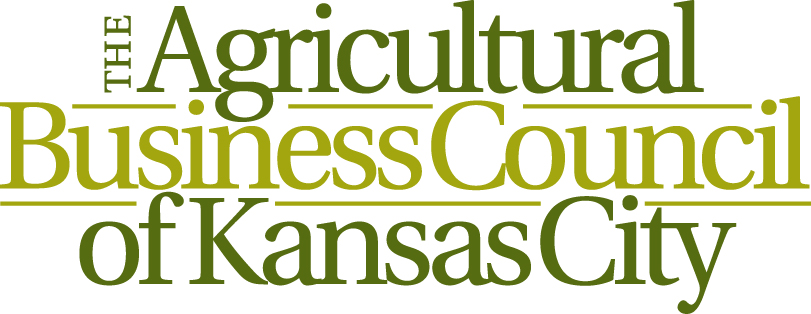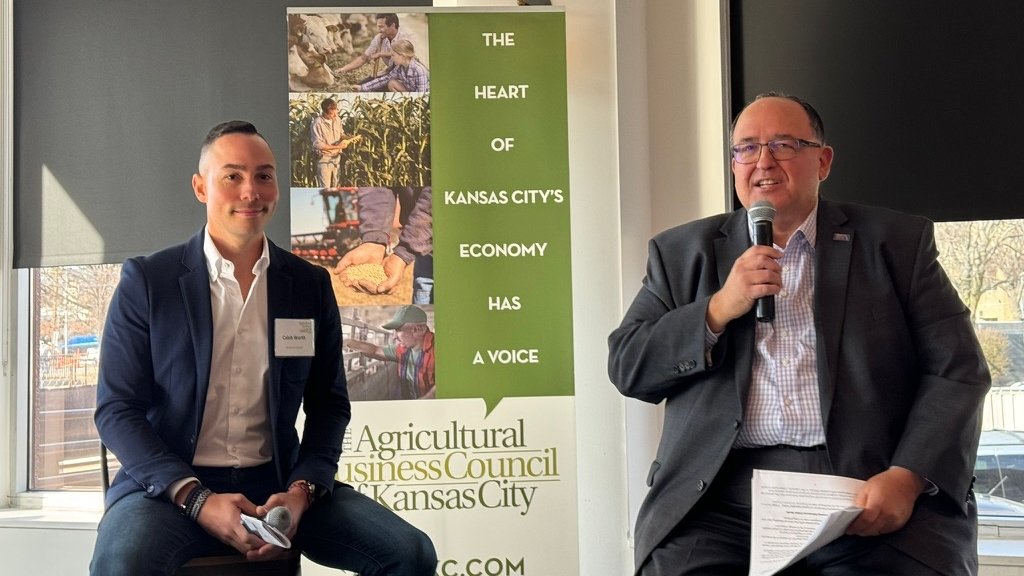Hometown Envoy Briefs Council
/Caleb Wurth (Left) and Greg Krissek (Right)
One of the points Caleb Wurth, who grew up in Kansas City and graduated from Kansas State University, made during his presentation at the Kansas City Agricultural Business Council’s annual meeting and December luncheon, was that South East Asia “gets along with everyone.” The region has lower trade tariffs, and its international trade leadership, said Wurth, “believes low tariffs help everyone.”
This is important to Wurth because he serves as the regional director of Southeast Asia and Oceana for the U.S. Grains Council, a non-profit organization that promotes the global use of U.S. corn, barley, sorghum and related products including ethanol and distiller’s dried grains with solubles. In this capacity, Wurth identifies and addresses all relevant trade, technical and policy factors relevant to building and maintaining the market for U.S. coarse grains and co-products for the countries stretching from Myanmar to New Zealand. Among his remarks about the area he noted that several of the nations in the region were emerging as serious trading partners. In an informal Q&A presentation format, moderated by Greg Krissek, retired CEO of Kansas Corn, Wurth reviewed the purpose and outcome of a “roadshow” the U.S. Grains Council took recently to four major markets in his portfolio.
With stops in the Philippines, Thailand, Vietnam and Indonesia, traders and end-users in the region had the opportunity to learn more about U.S. corn and co-product supply and demand; U.S. crop harvest and quality; and distiller’s dried grains with solubles uses and value in terrestrial species and aquaculture. Ohio Corn and Wheat representatives also joined the roadshow, sharing grower perspectives with attendees.
In addition to the feedstuffs, the Southeast Asia and Oceania office is also actively developing ethanol markets. As the region rapidly advances from bicycles to motorbikes to automobiles, its demand for a variety of low cost fuels and fuel oxygenates greatly expands. As a result, Southeast Asia and Oceania are home to tremendous blending potential for U.S. ethanol.


